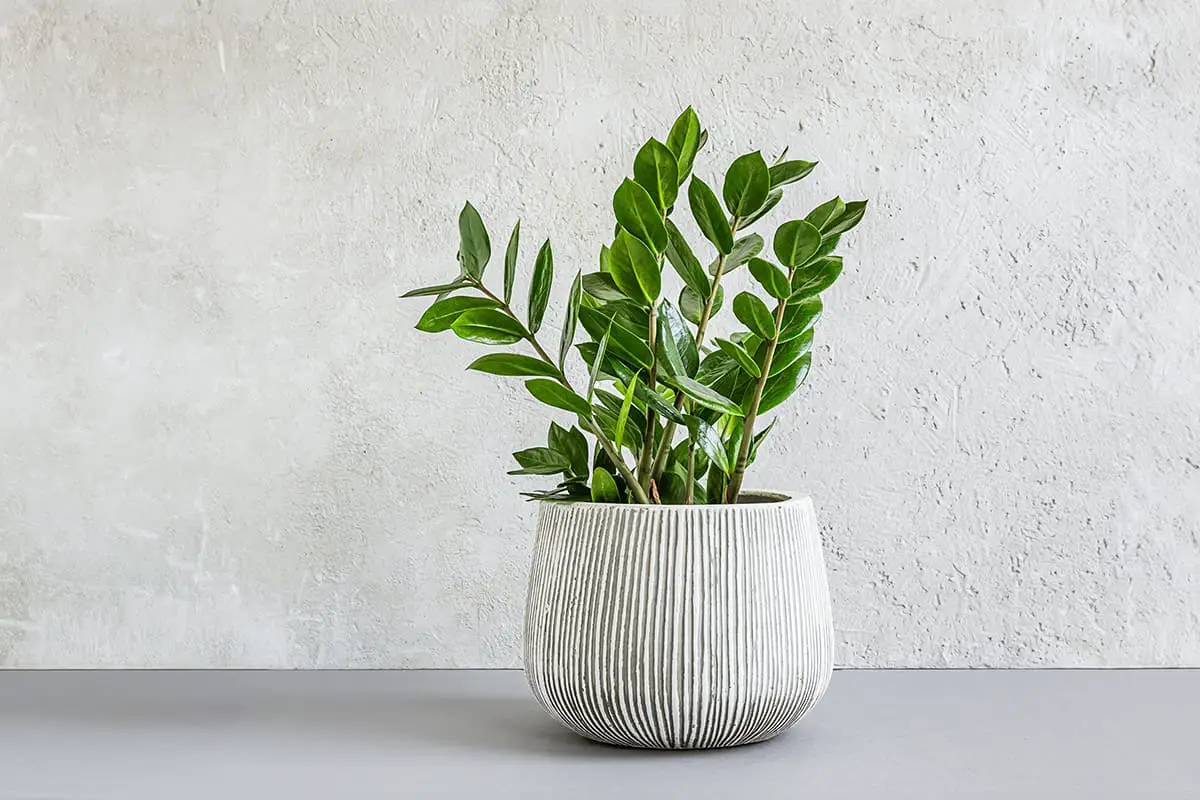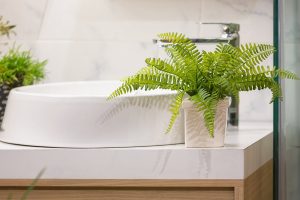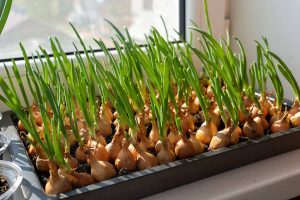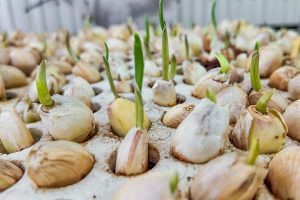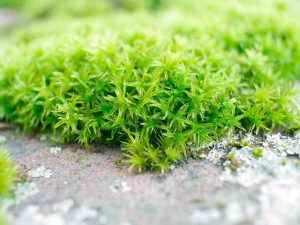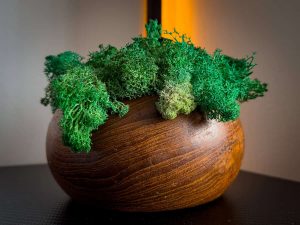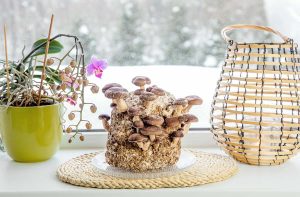You notice a friend’s thriving succulent garden and wish you could have one just like it. The good news is you can start your own collection without spending a lot of money. Many plants can be propagated from just a single leaf, making it easy to grow new plants from what you already have. Whether you’re new to gardening or looking to expand your plant family, here are some plants that can be propagated from leaves to get you started.
Table of Contents
African Violet
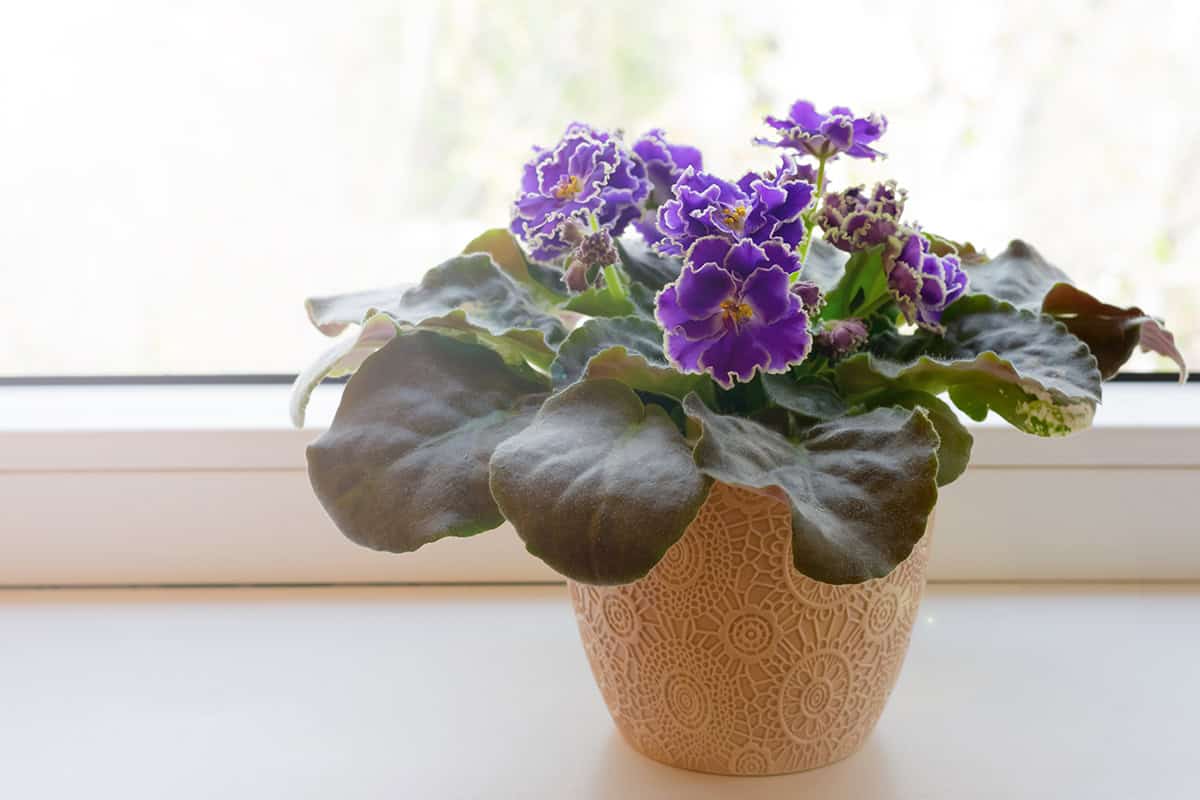
African violets are a popular choice for propagation from leaves. You can start cultivating your own African violets at home quite easily.
To begin, select a healthy leaf from an existing plant. Use a sharp knife to cut the leaf, leaving about an inch of the stem, known as the petiole. You should then prepare a pot with a suitable rooting mixture, such as a blend of vermiculite and coarse sand.
Moisture is crucial for successful propagation, so keep the soil consistently damp. A homemade greenhouse, created with clear plastic storage boxes, can provide an ideal humid environment for your leaf cuttings to take root.
With the right conditions, you can expect to see a new African violet plant within approximately 10 months. It’s a patient process but one that yields beautiful results.
By propagating from leaves, you’ll save your favorite varieties or expand your collection without the need for seeds.
Succulents
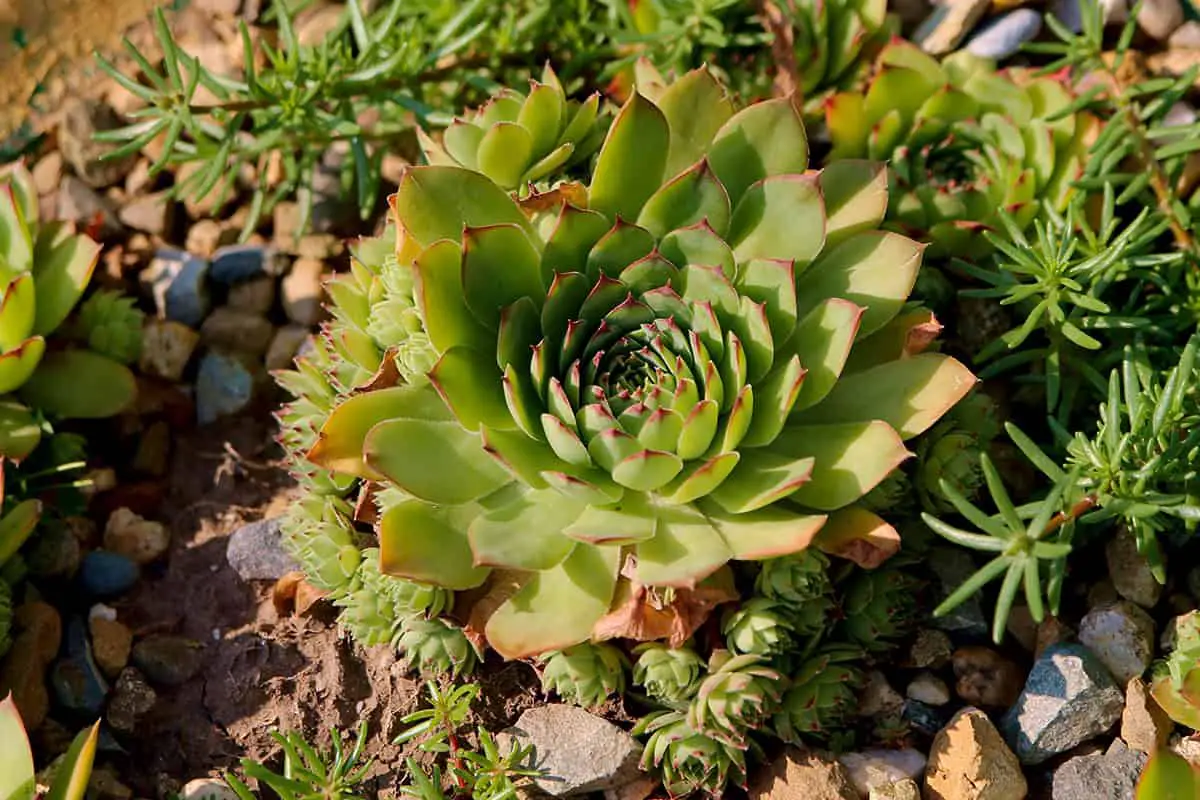
Succulents are hardy plants that you can easily propagate from leaves. To start the process, choose a healthy leaf from the parent plant. Gently twist the leaf from the stem, ensuring that it’s a clean pull, without tearing.
Let the leaf dry for a few days until the end calluses over. This step is crucial for preventing rot. Place the leaf on top of a well-draining soil mix and mist lightly.
Roots will begin to form, followed by a new plant. During this stage, it’s important to provide bright but indirect light. Once established, succulents require minimal water.
Snake Plant
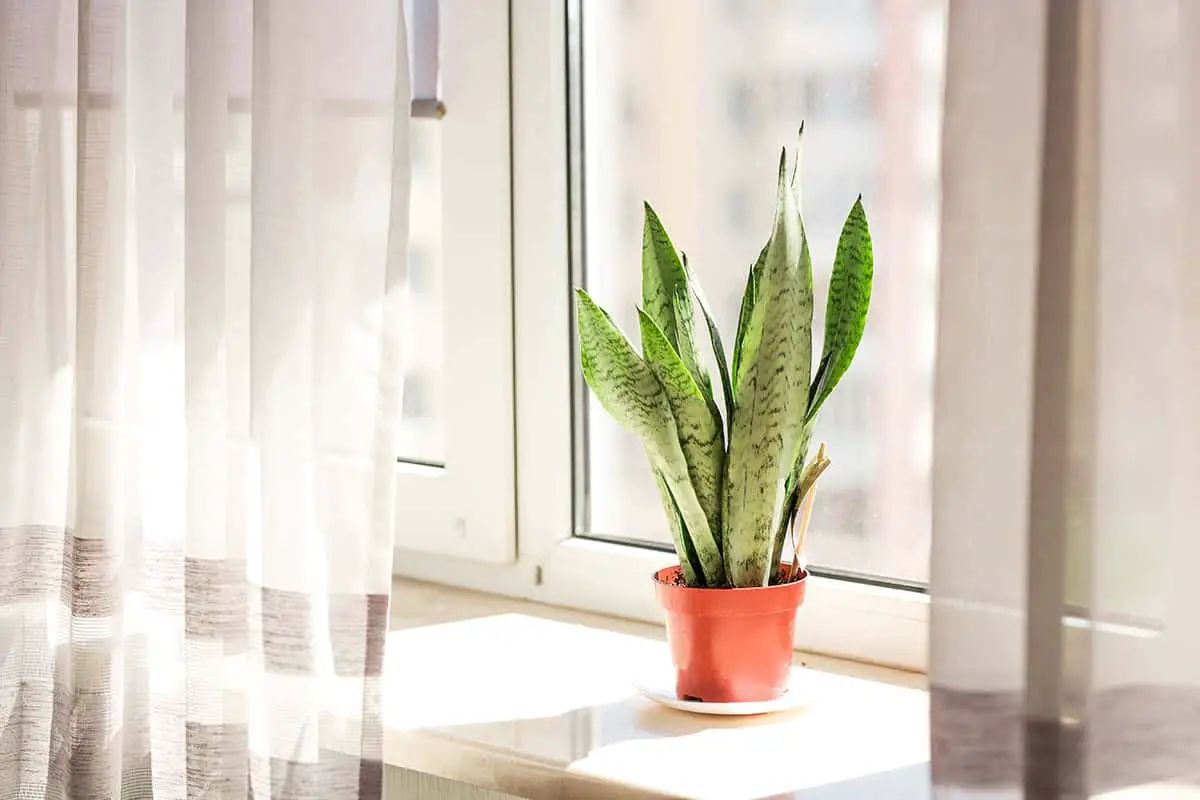
The Snake Plant, also known as Sansevieria, thrives as a low-maintenance indoor plant. You can propagate it easily from leaves, making it an excellent choice for beginners. Choose a healthy, mature leaf and cut it into sections. Each piece should be three to four inches long.
When cutting, remember which end was closest to the roots. This end goes into the soil when you plant your cuttings. Before planting, consider using a rooting hormone to encourage growth. Place the sections in well-draining soil and water sparingly to prevent rot.
Snake Plants are resilient to pests. Still, mealybugs and spider mites may occasionally appear. Overwatering is the most common issue, leading to root rot. Ensure your Snake Plant has adequate drainage and don’t let water sit in the saucer.
Sansevieria can also propagate by division. This method involves separating part of the plant, which already has established roots. With either method, new plants will develop and eventually form their own robust rosettes.
Propagated Snake Plants may take several weeks to show new growth. Be patient and provide them with indirect light, and moderate humidity. Your care will soon result in new Snake Plant growth to enjoy or share with friends.
Jade Plant
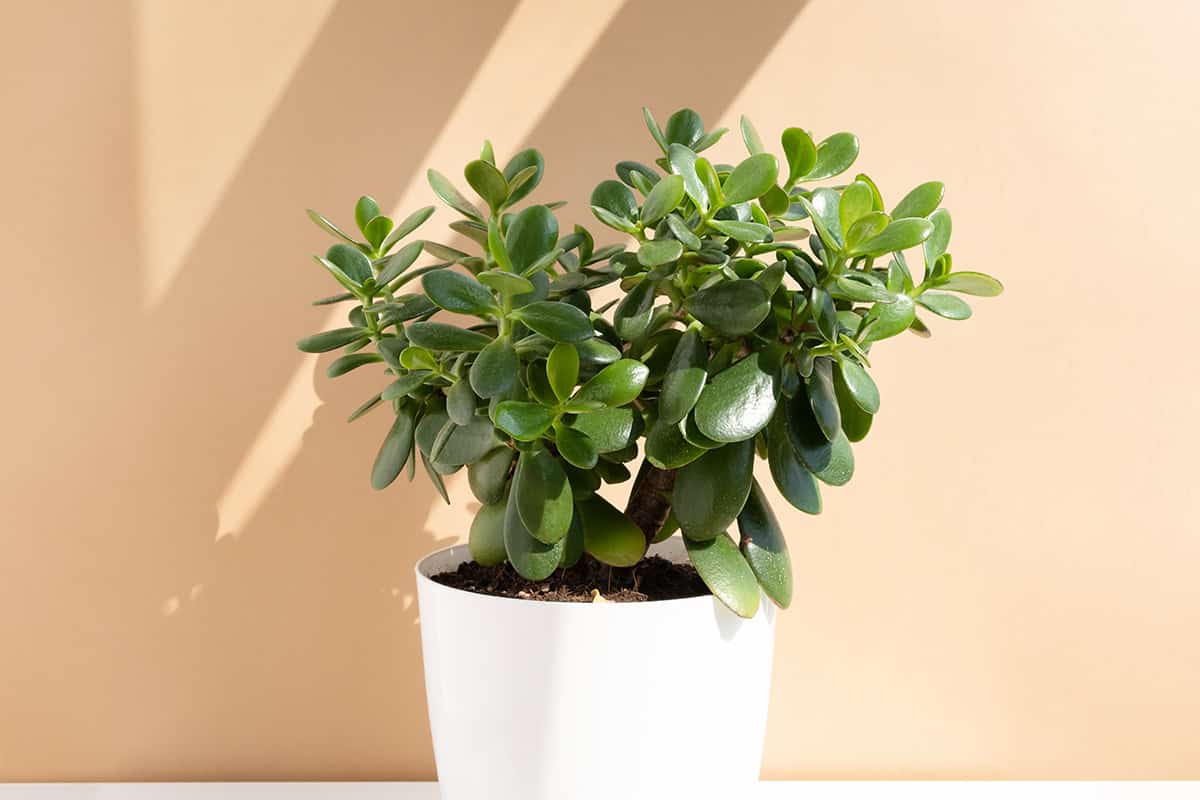
The Jade Plant, also known as Crassula ovata, is a durable succulent. You can easily propagate it using leaf cuttings. To start, select a healthy leaf from your Jade Plant. Gently twist the leaf off the stem to ensure you get a clean pull.
Next, let the leaf you removed dry. This process, called callusing, typically takes a few days. It prevents rot and promotes rooting. After the leaf has callused, place it on top of well-draining soil.
In a few weeks, you will notice new roots. This is a sign of successful propagation. With appropriate care, the leaf develops into a new plant. To maximize growth, provide bright, indirect light and minimal water.
Begonia
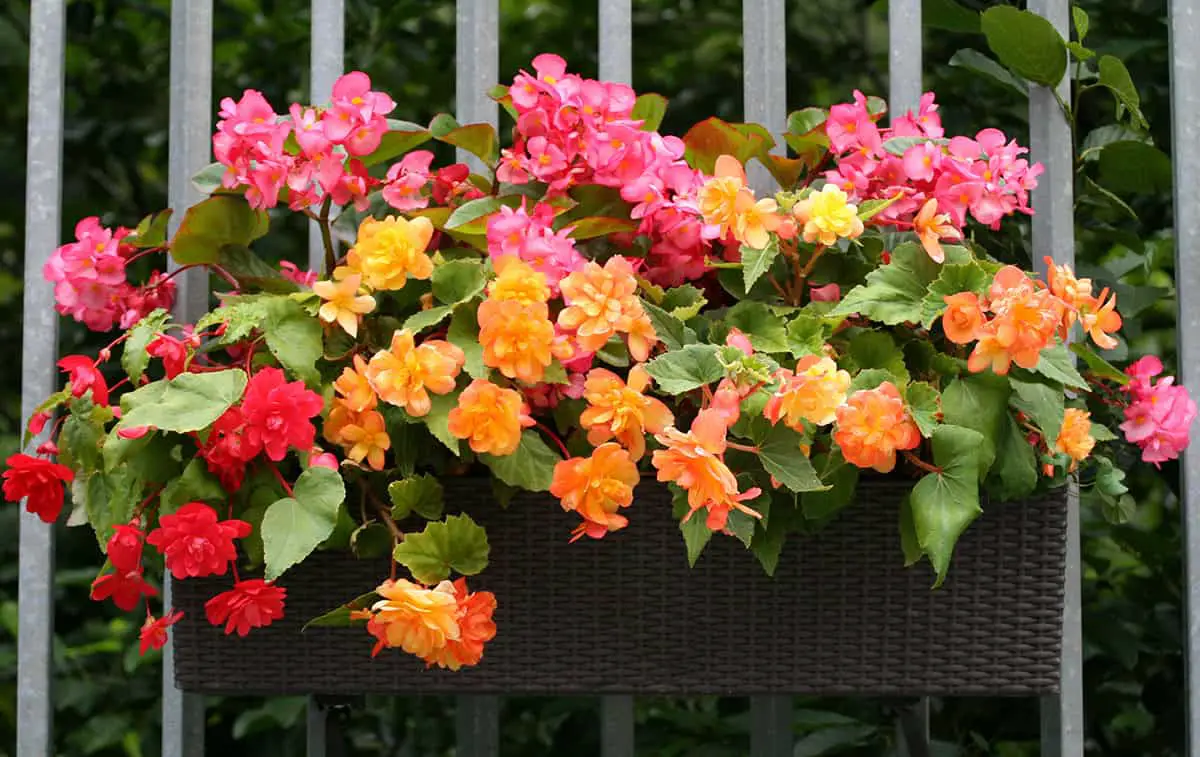
Begonias are a versatile and popular group of plants that you can propagate using leaves. This method is not only efficient but also cost-effective. To start your own begonia plant, you need a healthy leaf.
Step 1: Leaf Cutting
Take a clean cut of a begonia leaf, ensuring to include the petiole. This small stem-like part attaches the leaf to the main plant. Lay the leaf flat or insert the petiole into a growing medium like moist soil.
Step 2: Condition and Placement
Maintain a moist environment for your cutting. Choose a warm spot with indirect sunlight. This encourages the development of new roots and shoots from the base of the petiole or the veins of the leaf.
Step 3: Growth and Transplantation
Wait for the emergence of roots and tiny plantlets. This process could take a few weeks. Once established, the new begonia plants can be separated and transplanted into individual pots.
Care for New Plants
Keep the soil of your new begonias slightly moist and provide them with bright, indirect light. Avoid wet conditions, as too much moisture can lead to rot.
Peperomia
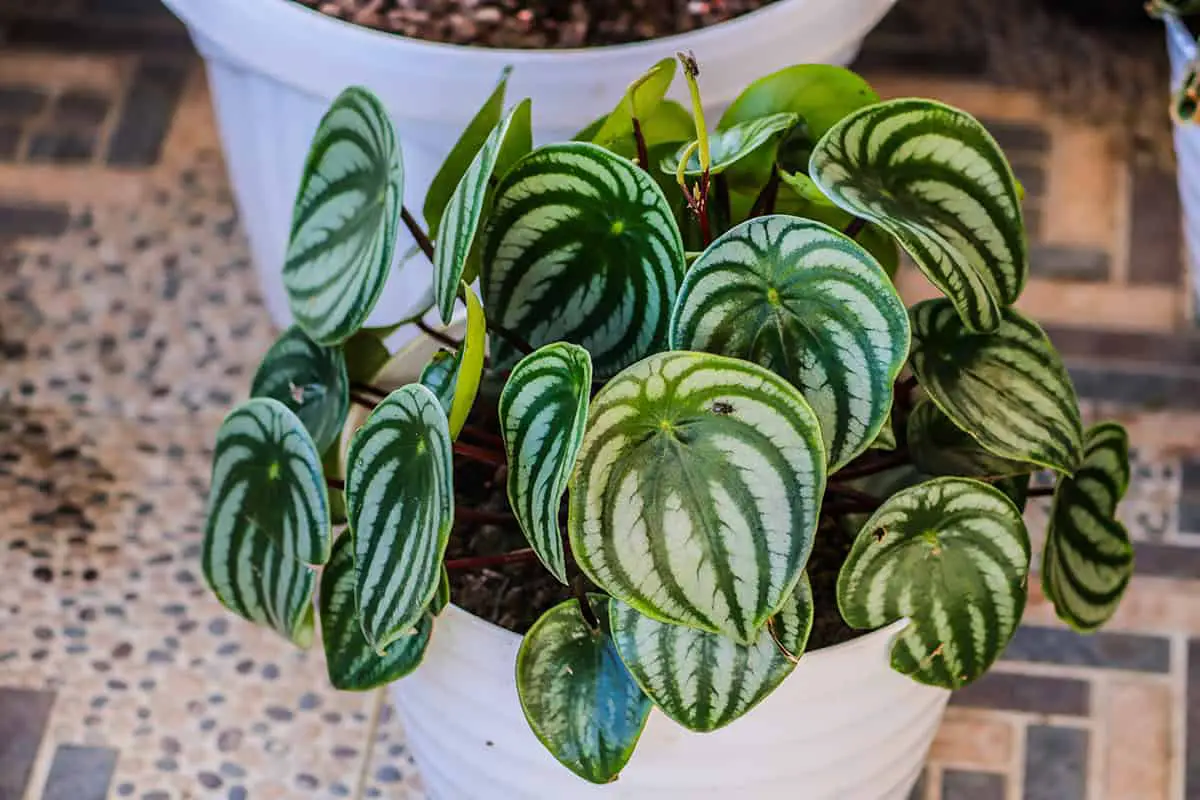
Peperomia plants are ideal for propagation through leaves. You can easily grow new plants from a single leaf. Begin by selecting a healthy leaf from the mother plant. Then, cut it using a sharp, sterilized blade.
Place the leaf in soil or water to root. In soil, you should cover the cut end slightly with the substrate. If you use water, submerge only the cut end, not the entire leaf. The Peperomia obtusifolia, also called Oval-Leaf Peperomia, often propagates in this manner.
With the Peperomia caperata, or Ripple Peperomia, propagation ensures a bushy, attractive houseplant. Keep the soil moist and provide indirect light. Over time, roots develop from the leaf cutting. Patience is key as this can take weeks.
Common pests like mites may target your Peperomia. Regularly check for these pests to keep your new plant healthy. The lush leaves of the Marble Oval-Leaf Peperomia show how rewarding propagation can be.
Kalanchoe
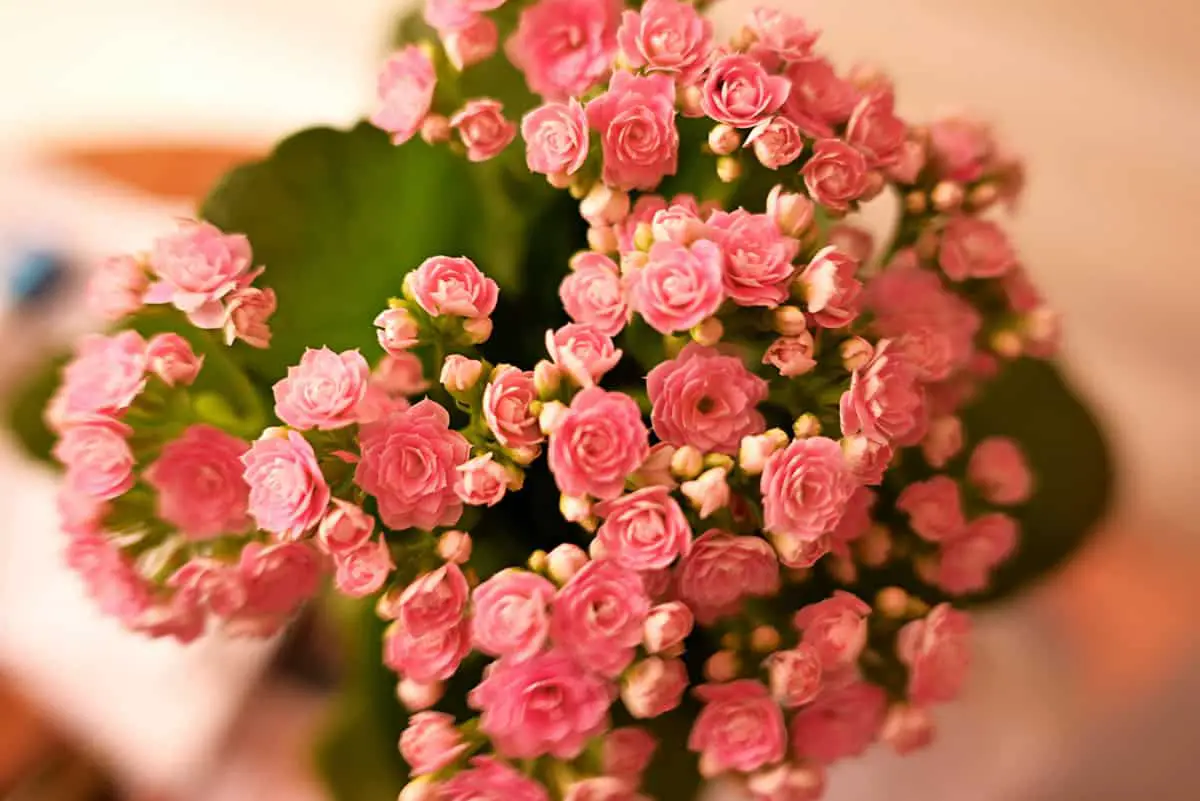
Kalanchoe plants are ideal for propagation through leaves. You simply choose a healthy leaf and gently twist it from the stem. Ensure you get a clean break, as a torn leaf may not take root as effectively. Lay the leaf on well-draining soil and mist it lightly.
In a few weeks, tiny roots and new plants appear at the leaf’s base. It’s crucial to allow the soil to dry between waterings to prevent rot. Once the new Kalanchoe plantlets establish, you can pot them individually.
Bright, indirect light facilitates the rooting process. Remember, direct sun may harm the delicate new roots. For best results, maintain a steady indoor temperature and avoid drafty locations.
Pothos
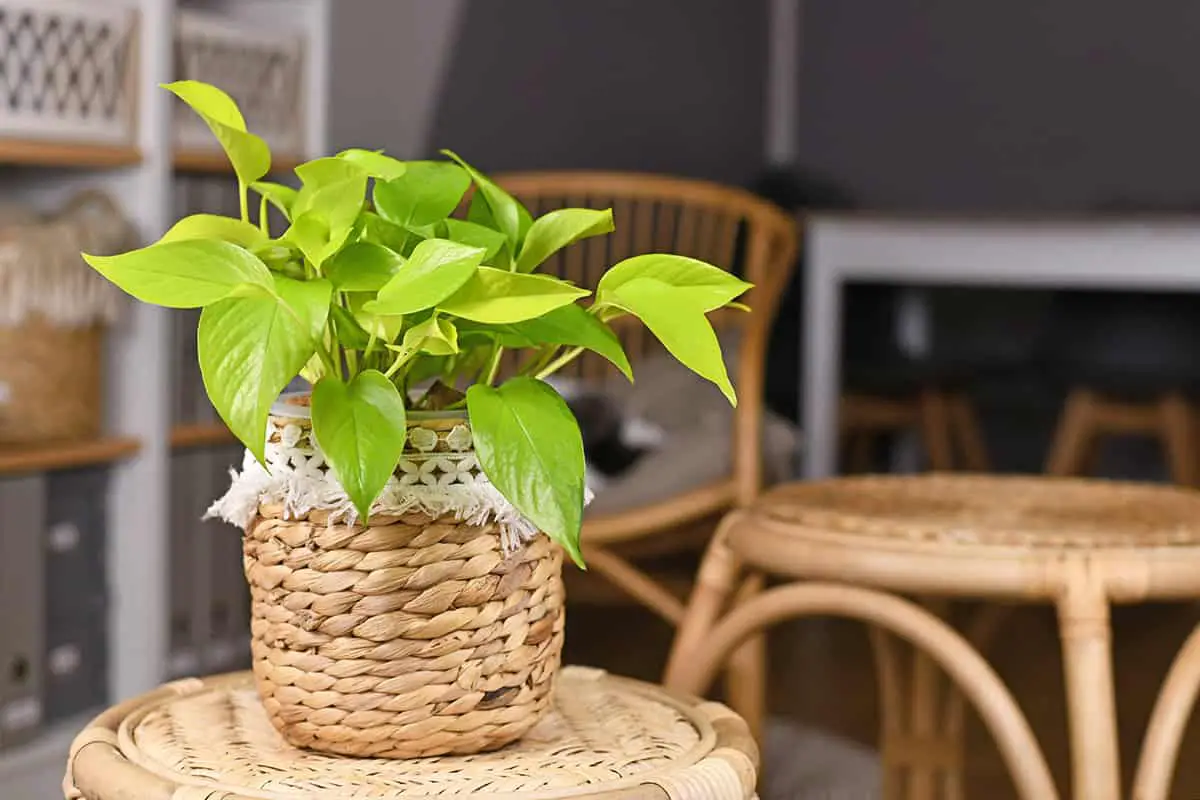
You can easily propagate Pothos at home. This plant grows from leaf cuttings. Submerge the cut ends in water or a medium like vermiculite. The cuttings take root within a few weeks, usually 3 to 4. Warm temperatures encourage faster growth of buds, appearing in 1 to 2 weeks.
Your Pothos prefers indirect sunlight and moderate watering once established. It’s a low-maintenance houseplant with lush, attractive leaves. If grown indoors, the vines can be trimmed to maintain a desired length. Outdoors, in tropical environments, they may reach up to 65 feet.
Occasionally, Pothos suffer from pest problems. However, these issues are generally few. The plant thrives in a variety of environments, making it a popular choice for gardeners of all levels.
When you plant Pothos, place several rooted cuttings together. This helps create a fuller appearance. As the plant grows, the juvenile leaves can display variegation. The pattern includes streaks that may be yellow, white, or silver-green, depending on the cultivar.
Philodendron
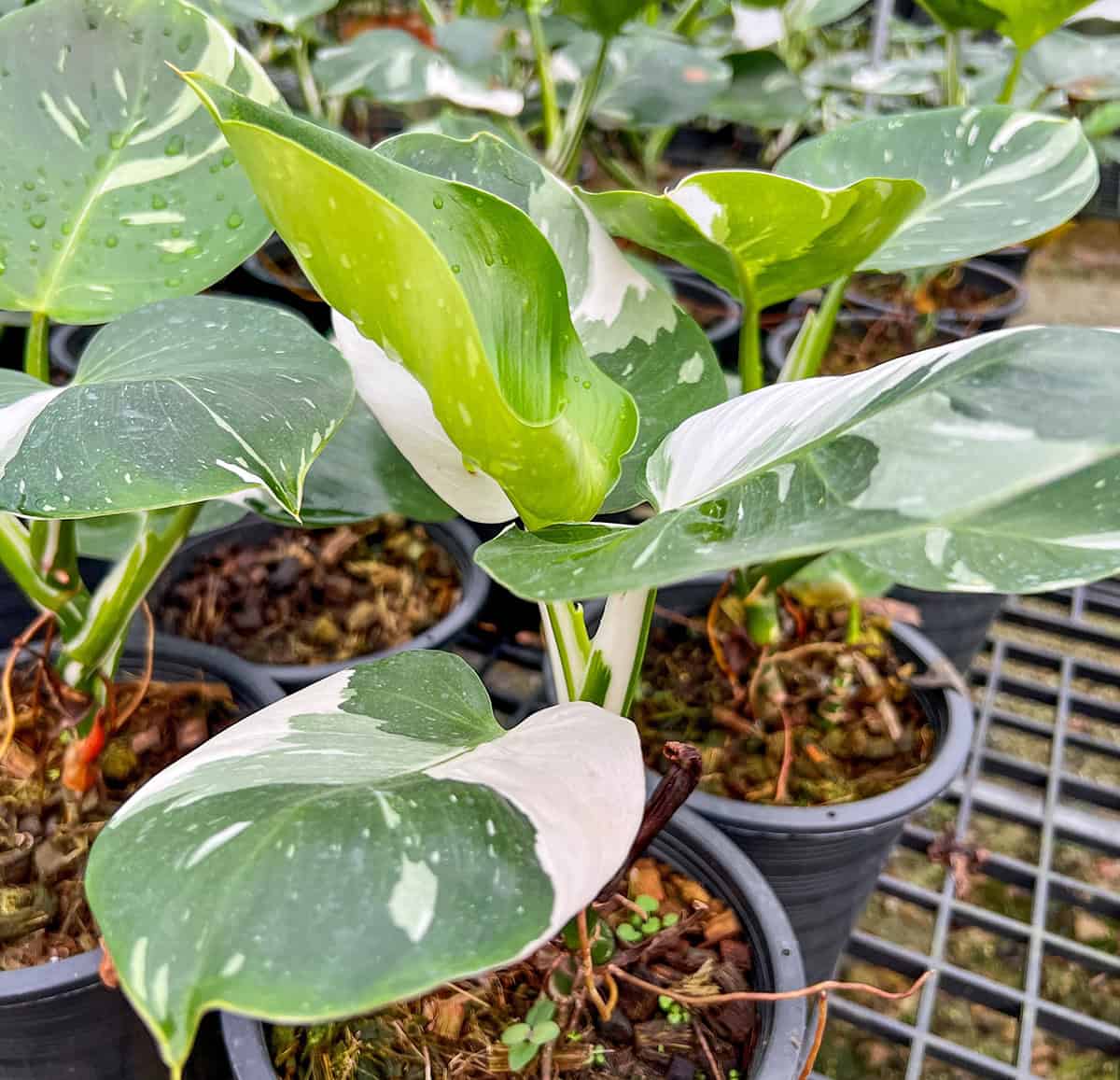
Philodendron plants are known for their ease in propagation from cuttings. Stem cuttings, specifically, can start new plants efficiently. You can propagate philodendron by cutting a stem segment with several leaves. Choose a piece about 3 to 6 inches in length for optimal results.
To begin propagation, remove the lower leaves from your cutting. This bare stem will be placed in water or a potting medium. You have the choice of rooting in perlite, well-drained soil, or water. If you select water, replace it frequently to encourage root growth.
Roots emerge within a few weeks. Once they grow several inches, it’s time to transfer the cutting. Plant your rooted philodendron in potting soil. Care for it as you would a mature plant.
Some types of philodendron can also propagate from leaf bud cuttings. This method uses sections of the stem that include a bud. It’s another simple way to create new plants. Trailing varieties, like the heart-leaf philodendron, are especially suited for these propagation methods.
ZZ Plant
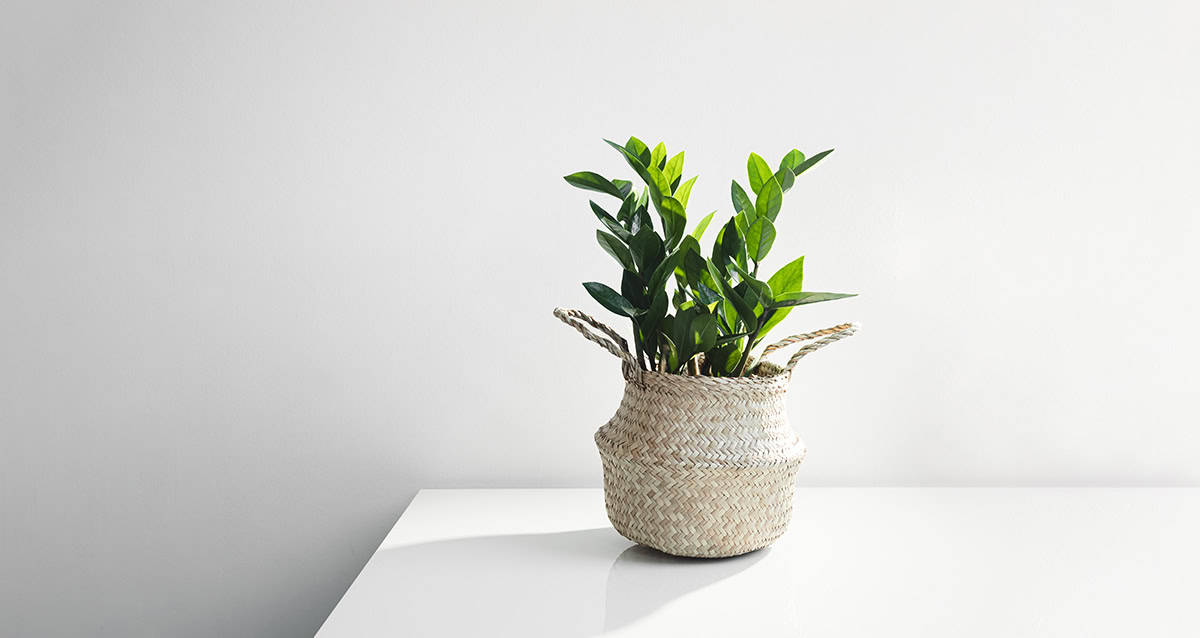
The ZZ plant is a resilient choice for indoor gardening. This plant’s ability to grow from just a leaf makes it notable. You can root ZZ plant leaves in soil to start new plants. The process is straightforward.
First, select a healthy leaf. Snip it at the base. Next, insert the leaf into moist, well-drained soil. Position the pot in indirect light and wait. Roots usually develop in a few weeks.
Your patience rewards you with a new ZZ plant. Keep the soil slightly damp but never soggy. This favors root development. Over time, a small rhizome forms, and new growth begins.
Remember to avoid direct sunlight. It can scorch the leaves. Instead, aim for bright to moderate, indirect light.
Coleus
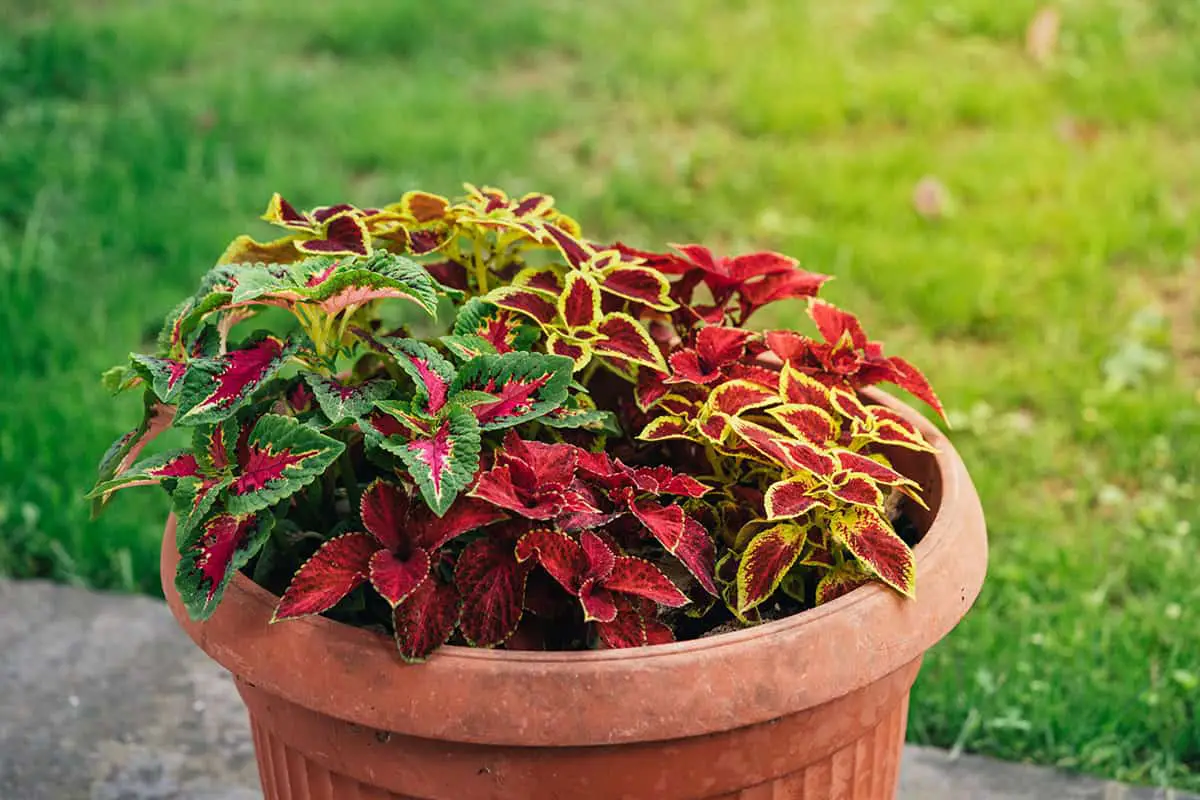
When you want to propagate plants from leaves, coleus stands out as a top candidate. To start a new plant, simply snip a stem. Choose a section 4-6 inches in length and remove the lower leaves. A new root system will develop if you place the cutting in water, covering the area where leaves were removed.
Most coleus varieties are heat-tolerant and require little maintenance. Their colorful foliage brightens up any space. You’ll find them in a spectrum of colors, including green, yellow, pink, red, and maroon. When you plant coleus, remember that too much shade can result in leggy growth.
Sometimes, you might wish to make your coleus bushier. To achieve this, pinch the stem tips. This encourages the plant to grow more side branches. Remember, coleus can also be grown from seeds. Sow these indoors before the last frost, or outside in warm climates.
Coleus thrive in average room temperatures. They prefer well-draining soil and need regular watering. Make sure to keep the soil moist, not wet.
Swedish Ivy
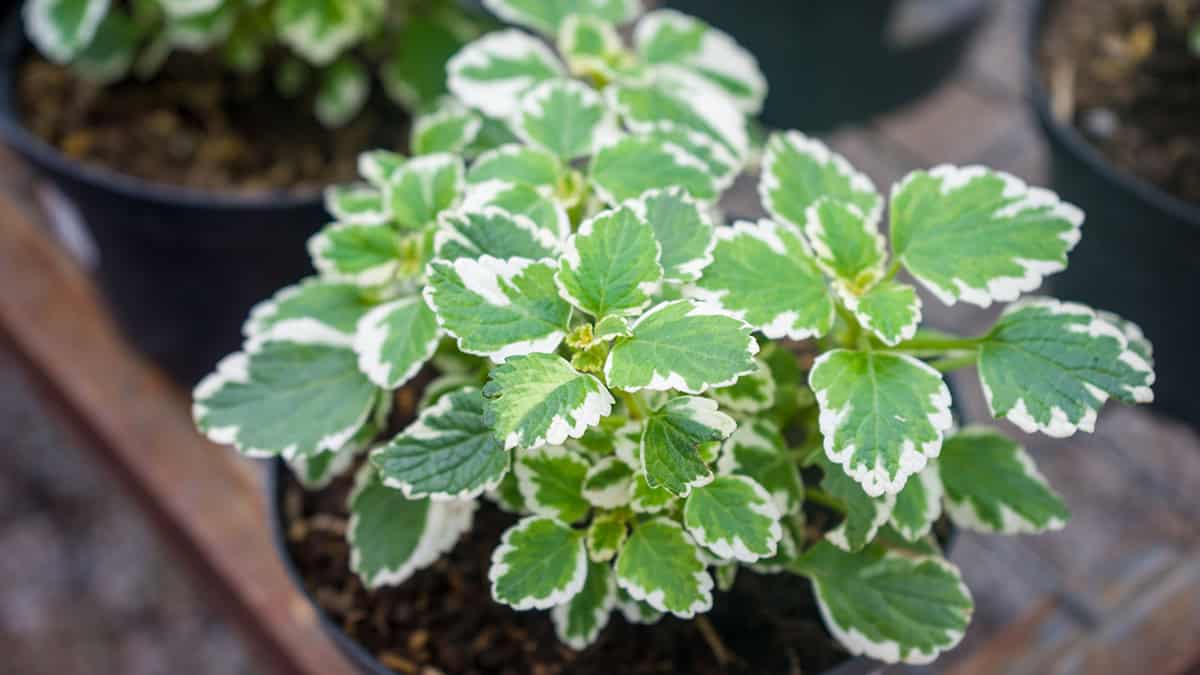
Swedish Ivy, or Plectranthus verticillatus, is a plant well-suited for indoor gardening. You can propagate it easily from leaf cuttings. Begin by selecting a healthy leaf. Cut it into sections with a clean, sharp knife, ensuring each piece has a vein.
Place your leaf cuttings in well-drained potting media. Your goal is to press the bottom part of the vein into the medium gently. Each leaf section should stay upright to root properly. Keep the soil moist, but not soggy, and provide moderate light.
Your Swedish Ivy prefers average warmth. During winter, keep it in temperatures not lower than 40 degrees Fahrenheit. With proper care, the leaf cuttings will develop roots. In time, they will grow into new Swedish Ivy plants. This propagation method is straightforward and rewarding.
Gloxinia

Gloxinia thrives through leaf propagation. You can grow new plants from a single leaf. Start by selecting a healthy, large leaf in spring. This is when the plant’s energy is high.
Cut the leaf with a sharp, clean knife close to the stem. Ensure your cutting has a stalk about 2 inches long. Plant the stalk in moist soil or water. Adequate light and warmth are crucial at this stage.
Roots usually develop within weeks. Once rooted, transfer your gloxinia to potting soil. Care for your new plant by avoiding overwatering. This prevents root rot. Keep water off the foliage. Cold water damages leaves.
Hoya
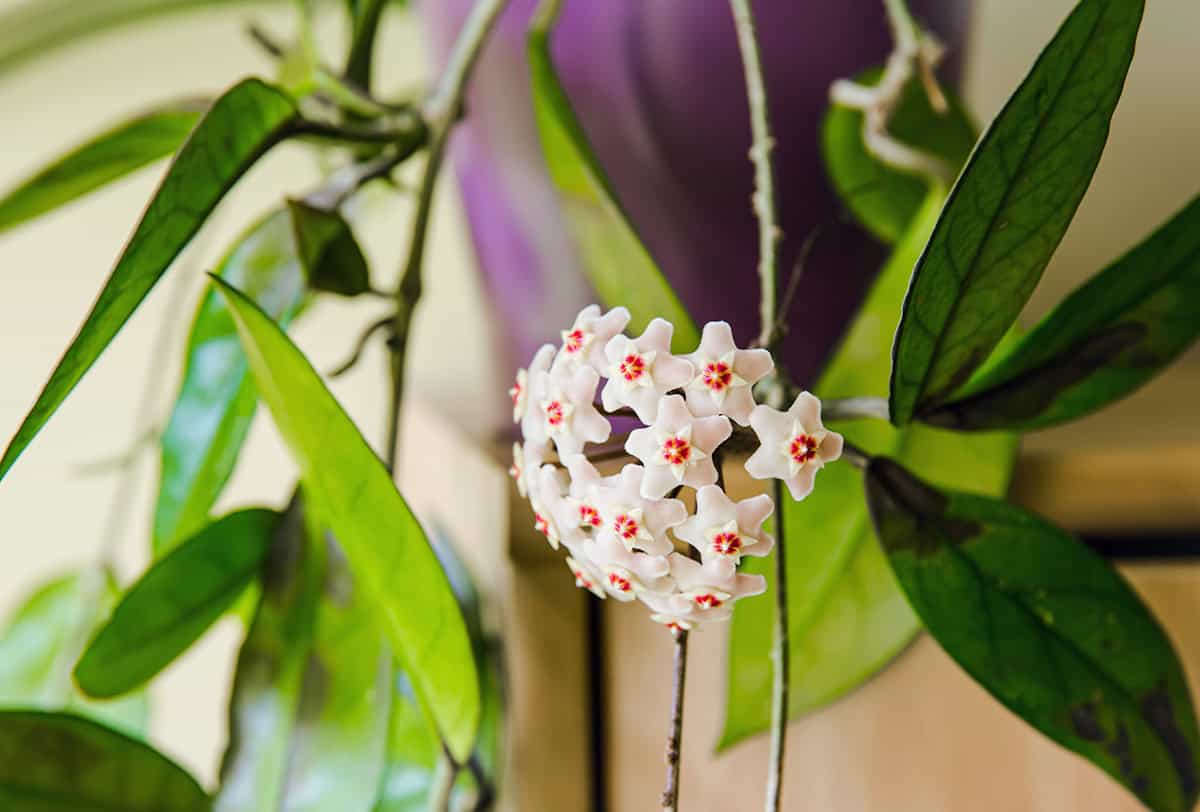
Hoya plants, often known as wax plants, are prized for their lush foliage and ability to propagate from leaves. If you take a healthy leaf, you can initiate root growth. This process can produce a new, independent plant. Start by selecting a mature leaf from an existing Hoya plant.
Propagation Steps:
- Cut a leaf with a sterile knife.
- Dip the cut end in rooting hormone.
- Place the leaf in a well-draining potting mix.
- Water sparingly, keeping the soil slightly moist.
Environment for Growth:
- Light: Hoyas desire bright, indirect sunlight.
- Humidity: These plants enjoy humid conditions.
- Temperature: They thrive in warm environments.
When you provide the right care, your leaf cutting will eventually develop roots and shoots. Patience is key, as Hoyas can be slow to propagate. If you notice limp leaves, this signals your plant needs water. Ensure your pot has good drainage to prevent root rot.
Common Issues:
- Pests: Watch for mealybugs; treat with horticultural soap.
- Leaf Drop: Overwatering or under-watering can cause leaves to fall.
Mother Of Thousands
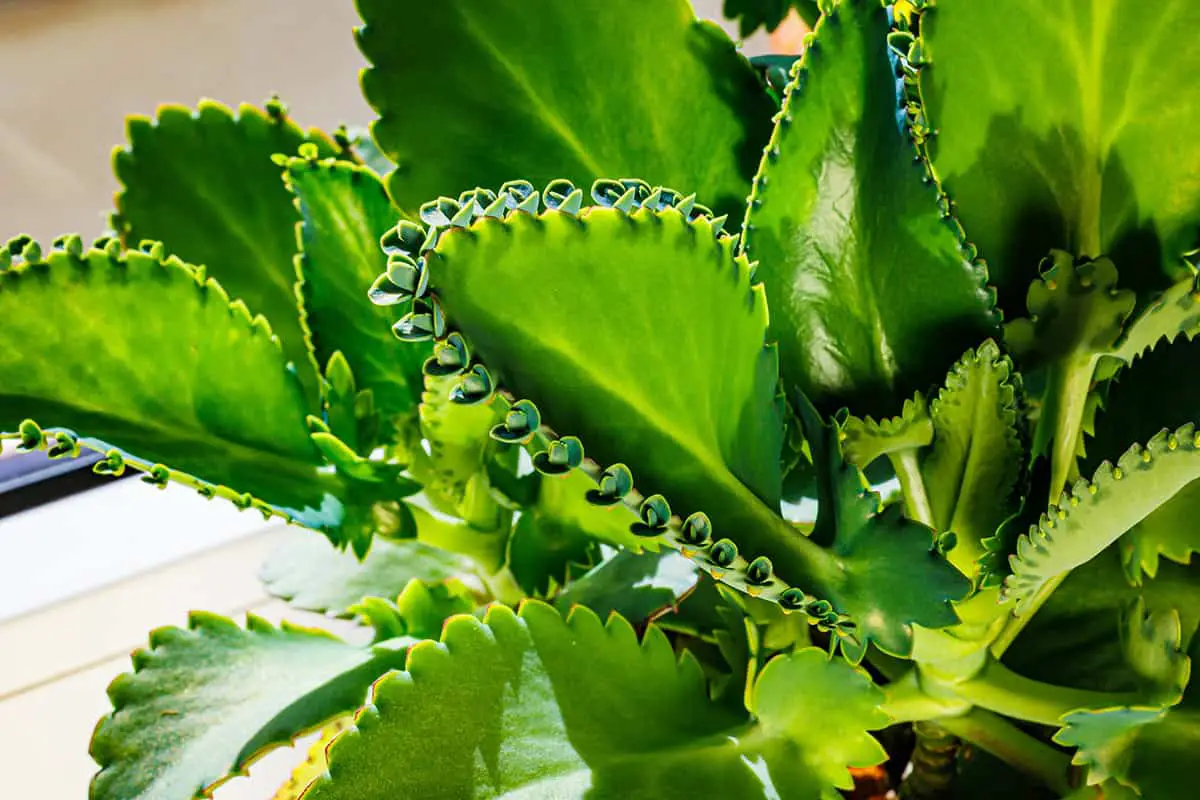
The Mother of Thousands is a unique plant you can propagate easily from its leaves. This succulent gets its name from countless tiny plantlets that form on the edges of its leaves. These develop roots and drop to the ground, ready to grow into new plants.
To start new plants, you only need to remove one of the leaf plantlets. Place it on well-draining soil, and it will establish a root system quickly. This plant no longer relies on seeds for reproduction; instead, it uses its leaves for this process.
While caring for your Mother of Thousands, provide it with bright, indirect light. The plant enjoys being in warmer environments and requires minimal water. Overwatering can harm it, so let the soil dry out between watering sessions.
Keep in mind that this plant has parts that are mildly toxic if ingested. It is important to keep it away from curious pets and children. The Mother of Thousands rarely encounters diseases or pests, making it a resilient choice for both beginners and experienced gardeners.
